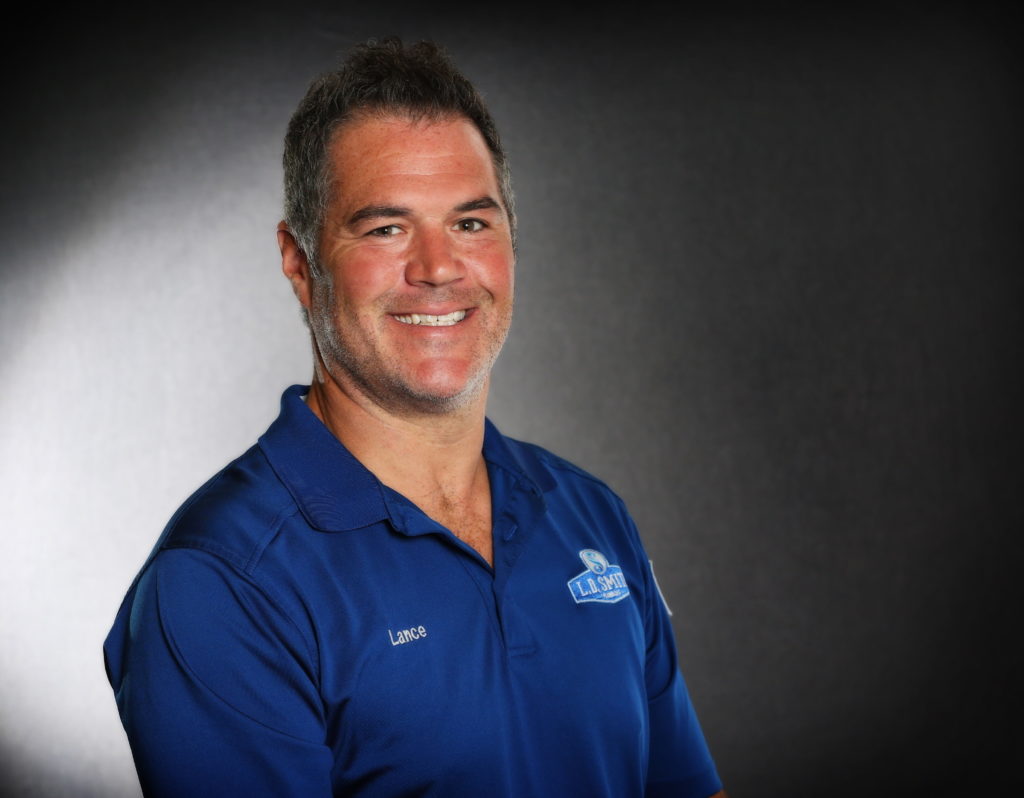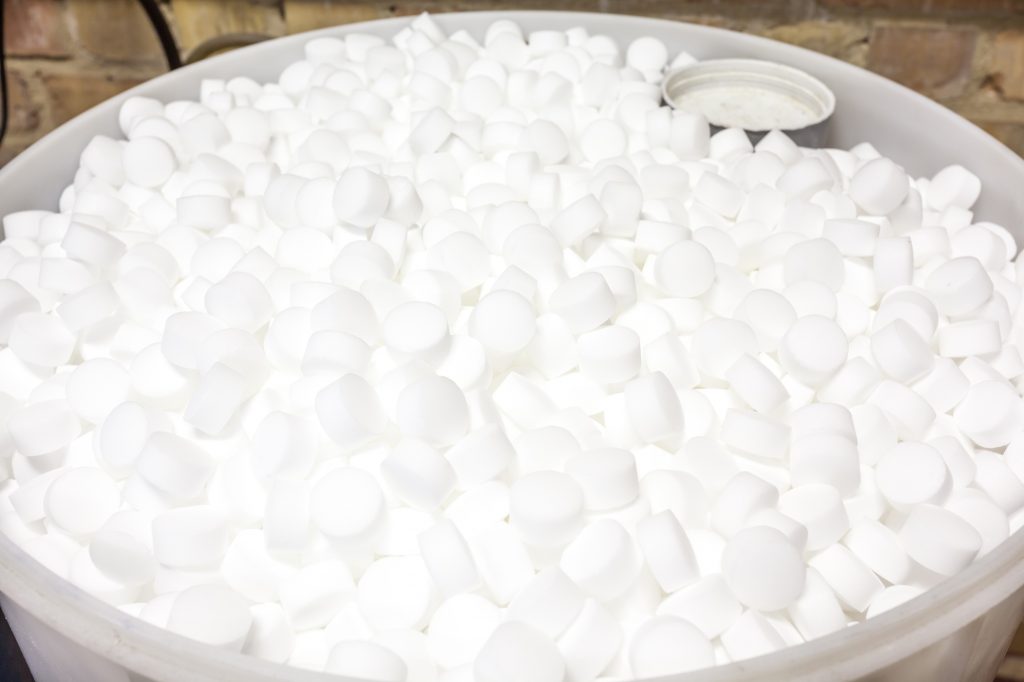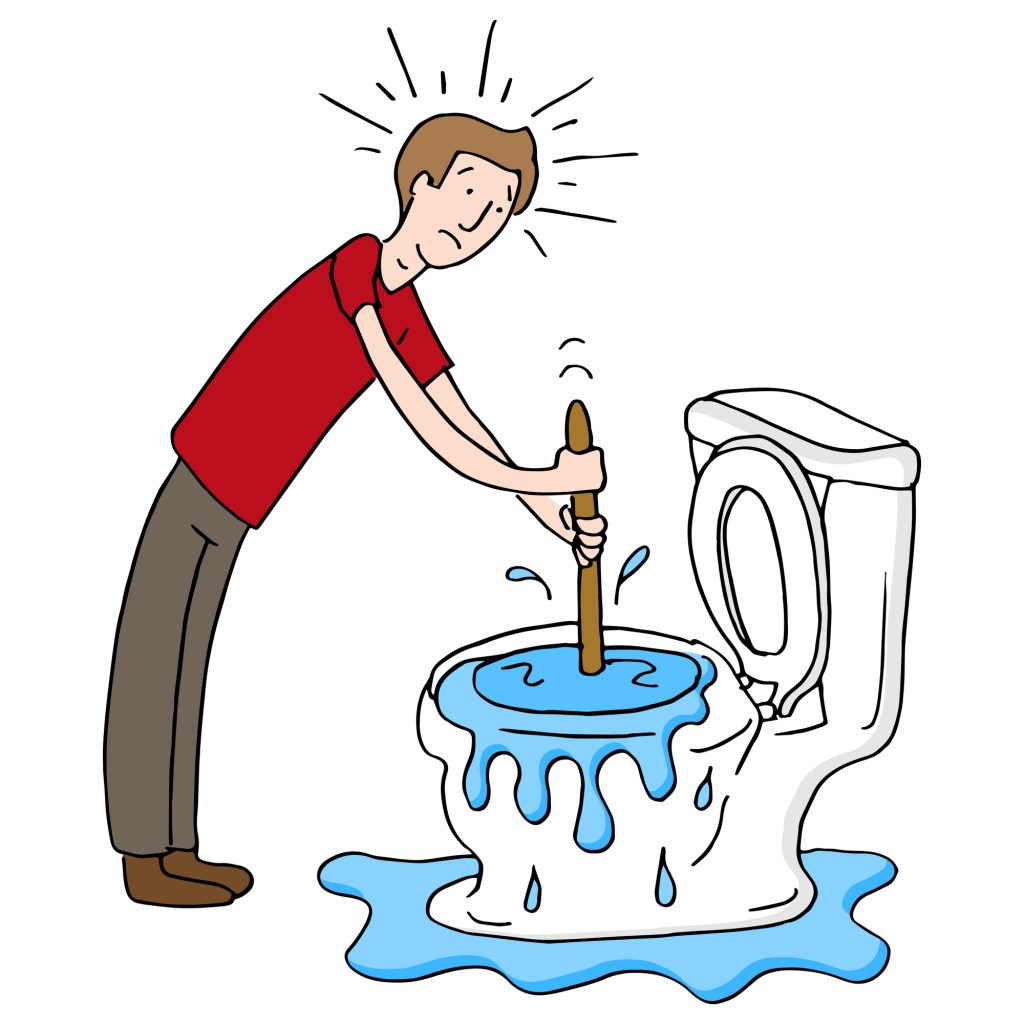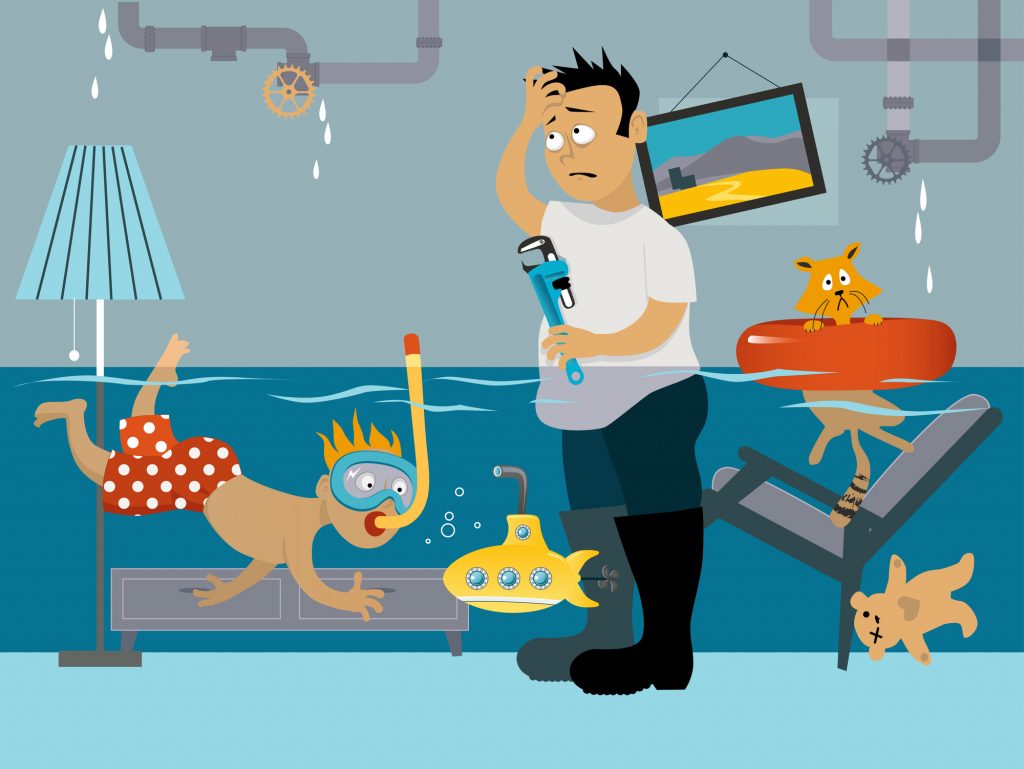Common Plumbing Dilemmas
From a leaky faucet to a broken sump pump, you never know when a plumbing problem will occur. At L.D. Smith Plumbing, we've seen it all. We have compiled a list of some of the most common plumbing dilemmas and what might be the cause. Lance recently visited Life.Style. Live! to share a few of these dilemmas. Watch the video below.
Why is water backing up?
It could be a recurring clog, sewer line damage, hair or tree roots. It depends on the line.
Why is my water heater leaking?
This could be caused by a cracked or corroded water heater tank, loose or faulty fittings and pipe connections. These problems could occur due to age of the water heater, high water pressure or thermal expansion.
Why do we run out of hot water so fast?
There could be several reasons for this, including mechanical failure. Another reason could be your current storage tank water heater isn’t big enough to handle the needs in your home and you might need a larger water heater. There also may be sediment clogging the tank reducing the flow of water.
Is it safe to use popular drain cleaners to treat a clog?
Lance does not believe chemical drain cleaners are ever safe to use because these products not only damage metallic piping or equipment but can be harmful to the skin if there is contact or if inhaled. The best recommendation is to call a plumber to assess the problem as drain cleaners could be hiding a larger issue
I just purchased an older home. What should I know about my plumbing?
If the plumbing is all original, make sure a qualified professional inspects it. The primary concerns Lance has about plumbing in older homes are: The age of the water service and sewer line, and the age and condition of the water lines and drainage within the home.
I have multiple slow-draining sinks in my home. Is one clog the cause? It depends if all sinks are connected to the same line, but most likely not.
Plumbing problem? Request an appointment with the experts at L.D. Smith Plumbing in Indianapolis.




